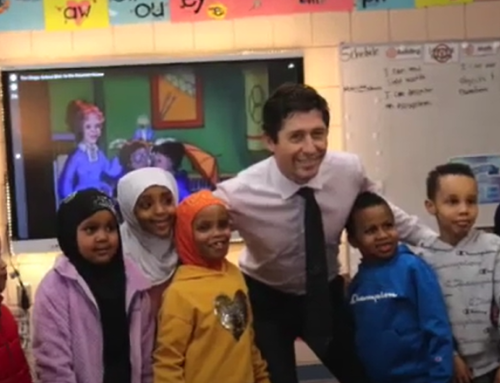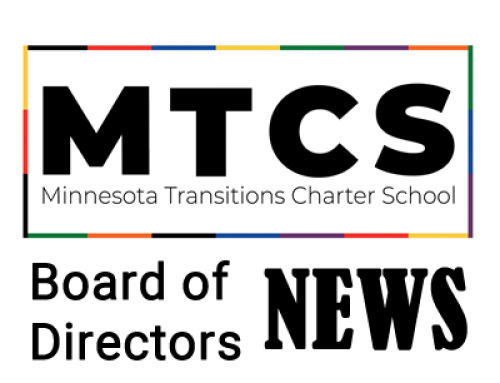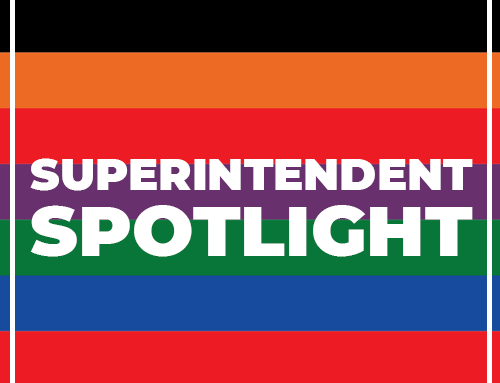“It is so gratifying when a student realizes reading is thinking about the story, and stops when something does not make sense,” said Ann Uzendoski, Title I interventionist for Banaadir Academy.
She is there to improve reading competency and is one of three involved in that work at the K-8 school. This year, Uzendoski is also teaching students to use the same reading strategies for nonfiction text when they read math text.
Her specialty is emergent literacy, and she has completed extensive study to become both a Reading Recovery and National Board Certified teacher.
Currently partnering with Ismail Haji, an ELL certified teacher and Somali speaker, together they increase reading and understanding with his on-the-spot translations to contextualize English words.
Uzendoski works with small groups throughout the day that are close to meeting grade level standards for reading, about 40 students in all. When goals are reached, she moves on to others.
Teaching in the classroom reinforces the lesson’s learning target for reading, and instruction outside the classroom emphasizes academic vocabulary and reading strategies related to math instruction.
The instructor is amazed at the “creative thinking, resilience and sense of humor” of her “newcomer” students, and finds the Somali parents to be thankful and gracious for the personalized help the children receive.
Uzendoski started as a paraprofessional, alongside a certified teacher with 22 students in a one room Nebraska schoolhouse. She earned teaching credentials and has taught kindergarten through sixth grade in a variety of districts. Uzendoski cannot identify a favorite subject or grade. “I am equally thrilled to watch kindergartners become energetic readers, and sixth graders become mesmerized mathematicians!”
*Title I Federal funds are used for instructional activities, counseling, parental involvement, and program improvement. In return, school districts and states must meet accountability requirements for raising student performance.





